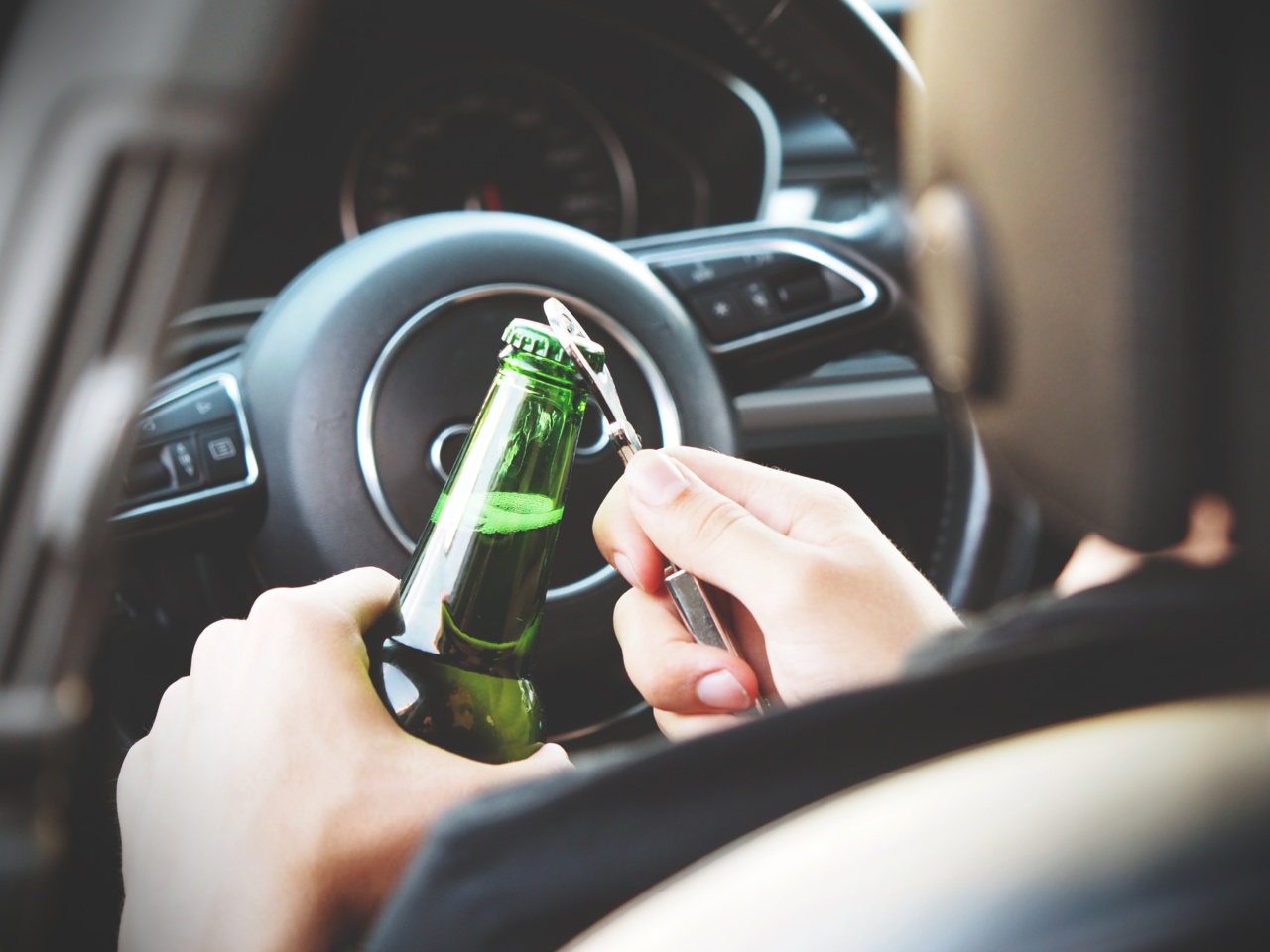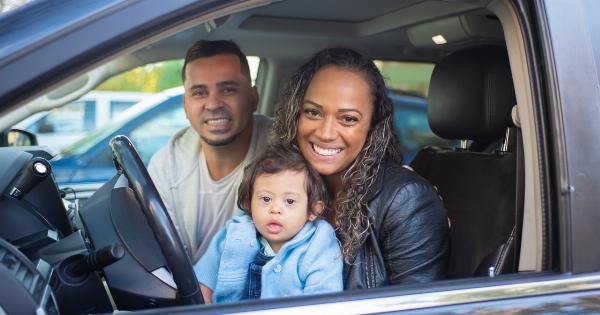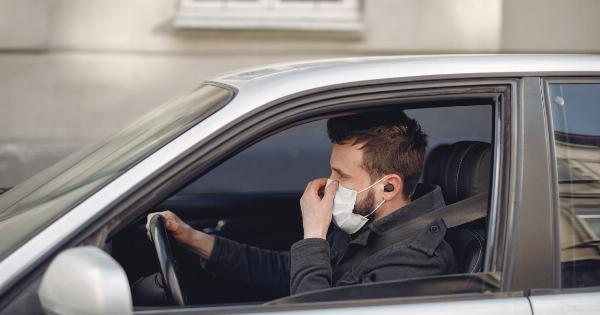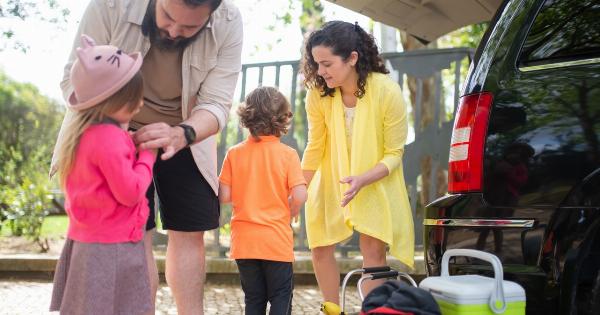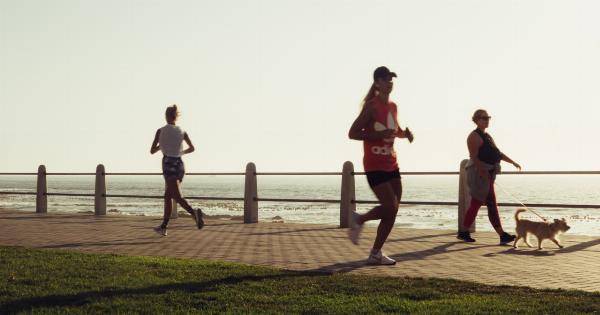Many parents know the struggle of getting their baby to fall asleep, especially during long car rides.
It may seem like a solution to simply let your baby sleep in their car seat, but it’s important to understand the potential dangers of this practice. In this article, we will explore the risks associated with letting your baby sleep in a car seat and offer safer alternatives.
Positional Asphyxia
One of the greatest risks associated with letting a baby sleep in a car seat is positional asphyxia. This occurs when a baby’s sleeping position causes their airway to become obstructed, leading to decreased oxygen levels.
Because car seats are designed to keep babies in a semi-upright position, it can be easy for their head to fall forward and block their airway.
Increased Risk of SIDS
Sudden Infant Death Syndrome (SIDS) is a devastating and mysterious occurrence that affects thousands of families each year. While the exact cause of SIDS is unknown, there are risk factors that have been identified.
One of these risk factors is letting a baby sleep in an upright position, such as in a car seat. The American Academy of Pediatrics (AAP) recommends that babies always be placed on their backs to sleep in a flat, firm surface with no soft objects or loose bedding.
Less Protection in the Event of an Accident
While car seats are designed to protect babies in the event of a car accident, they are not intended to serve as long-term sleeping arrangements.
In fact, most car seat manufacturers recommend limiting the amount of time a baby spends in the seat to 2 hours or less at a time. In the event of an accident, a sleeping baby in a car seat may not be properly secured, putting them at greater risk of injury or death.
Risk of Temperature Regulation Issues
Car seats are not designed for extended periods of use, especially during hot or cold weather. Babies who sleep in their car seats for extended periods may be at risk for temperature regulation issues, such as overheating or hypothermia.
It’s important to monitor your baby’s temperature and ensure they are dressed appropriately for the conditions if they must be in their car seat for an extended period of time.
Alternatives to Letting Your Baby Sleep in a Car Seat
If you’re on a long car ride and your baby falls asleep in their car seat, it’s understandable to want to let them continue sleeping. However, there are safer alternatives to consider.
The AAP recommends taking frequent breaks during long car rides to give your baby a chance to move around and change positions. You could also bring a portable crib or bassinet for your baby to sleep in, or plan your car rides around their nap schedule.
Conclusion
While it may be tempting to let your baby sleep in their car seat, it’s important to understand the potential dangers associated with the practice.
Positional asphyxia, increased risk of SIDS, less protection in the event of an accident, and temperature regulation issues are all risks that parents should consider. By utilizing safer alternatives, such as taking frequent breaks or bringing a portable crib, parents can help ensure their baby’s safety and well-being during long car rides.
